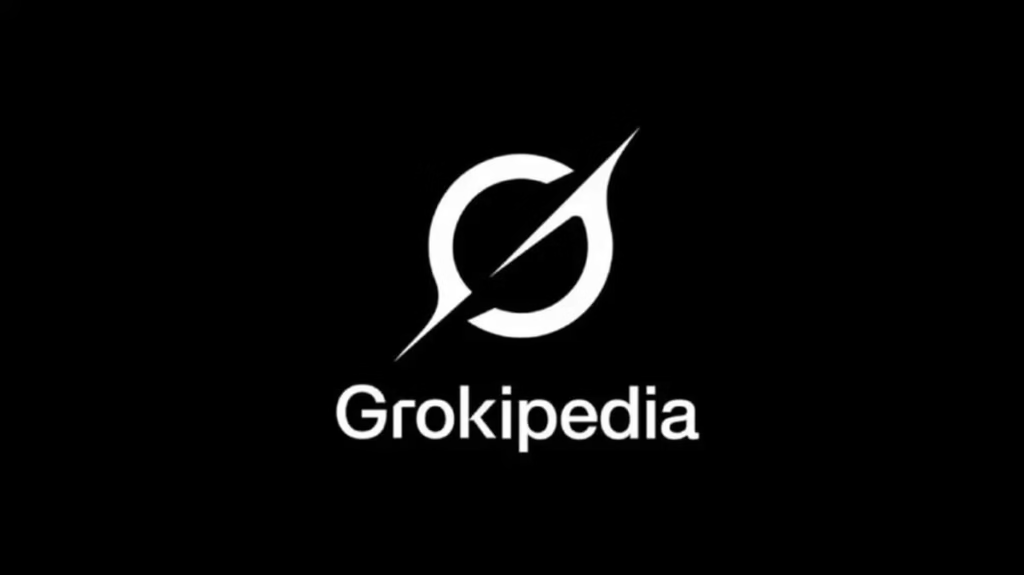Elon Musk has taken another bold step in reshaping how we get information online. His company xAI has launched Grokipedia, an AI-powered encyclopedia designed to work hand-in-hand with his chatbot Grok. Musk describes it as “the world’s most accurate knowledge source” — one that promises to be free of bias, rooted in truth, and scalable for both humans and machines.
But just hours after launch, the project was already under fire.
Early Criticism and Wikipedia Copycat Claims
Users quickly noticed that many Grokipedia pages looked strikingly familiar. Entries for popular topics like the MacBook Air, PlayStation 5, and even the Lincoln Mark VIII appeared almost identical to their Wikipedia versions. In some cases, Grokipedia itself admitted sections were “adapted from Wikipedia” under the Creative Commons license.
This raised tough questions about the platform’s originality and whether it was really offering something new.
Competing Claims of Credibility
Musk has been clear about his intentions: Grokipedia, he says, will surpass Wikipedia by evaluating all sources, filtering claims, and presenting “the truth.” On X, he posted that human-led projects like Wikipedia are prone to bias and hidden agendas, while Grok-powered fact-checking will be faster and more reliable.
Not everyone agrees. A spokesperson for the Wikimedia Foundation told The Verge that “even Grokipedia needs Wikipedia to exist.” The comment underscored how Musk’s encyclopedia is still standing on the shoulders of the very platform he wants to replace.
A Rocky Start
Grokipedia officially launched on October 27, 2025, as “version 0.1.” But excitement quickly turned into frustration when the site went offline shortly after debut due to overwhelming traffic. Once restored, Musk claimed the system had already loaded over 885,000 articles, signaling his ambitions for rapid scale.
At the same time, Musk used the launch as an opportunity to renew his criticism of Wikipedia’s donation-driven model and reliance on volunteers. He argues that AI can spot and fix misinformation far faster than community editors.
Human Knowledge vs. AI Control
The fundamental difference between Grokipedia and Wikipedia is clear. Wikipedia is community-driven, open-edit, and non-profit, where anyone can contribute and edits are transparent. Grokipedia, on the other hand, restricts editing — and it’s still unclear who exactly has control over corrections or disputes. It’s also part of a for-profit venture, tightly tied to Musk’s AI infrastructure.
Experts warn this shift could be risky. While AI might block vandalism or spam, it also introduces algorithmic bias — errors or slants created by machine logic that are much harder for users to spot or correct.
Bloomer’s GrokPedia: A “Snowball of Knowledge”
According to Bloomer, his GrokPedia isn’t about flashy branding or Musk-style grand claims. Instead, it’s a “continuously updated, static encyclopedia” built to be truthful, search-friendly, and easy to use.
Here’s how it works:
-
A visitor (or even a search bot) looks up a topic.
-
If there’s no page yet, the system prompts an AI model (named “Grok”) to write a short, factual summary with sources.
-
That page gets saved as a static file, ready for the next user.
Bloomer calls it a “self-inflating snowball of knowledge” — the more people search, the bigger the encyclopedia grows. Over time, it scales automatically for both human readers and machine learning systems.
Frequently Asked Questions (FAQ)
1. Why are there two GrokPedias?
Because two different projects launched almost at the same time with very similar names. One is Elon Musk’s Grokipedia (with an “i”), developed by his AI company xAI. The other is GrokPedia, created by independent developer Jason A. Bloomer. Despite the similar names, they are separate platforms.
2. What is Elon Musk’s Grokipedia?
Musk describes it as “the world’s most accurate knowledge source.” It’s an AI-powered encyclopedia that limits user edits and is positioned as a for-profit alternative to Wikipedia. However, it faced criticism at launch for borrowing heavily from Wikipedia.
3. How does Bloomer’s GrokPedia work?
-
A user or search bot looks up a topic.
-
If the page doesn’t exist, the AI model “Grok” writes a factual summary with sources.
-
The page is then saved permanently as a static file for future visitors.








